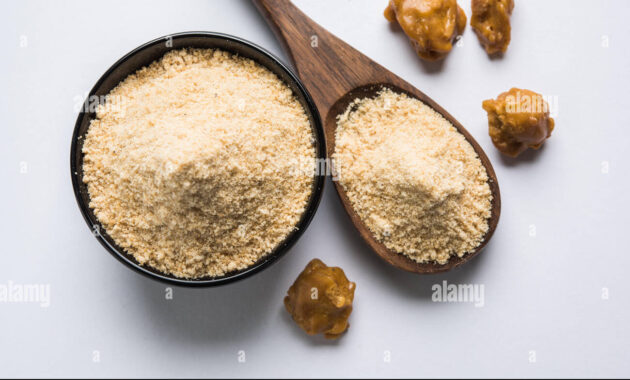Asafoetida, also known as hing, is a pungent and powerful spice that’s a staple in Indian and Middle Eastern cuisine. Its unique flavor, often described as sulfurous or garlicky, adds a depth and complexity to dishes that’s simply irreplaceable. While you can easily buy asafoetida powder in stores, making your own at home allows you to control the quality, freshness, and intensity of the flavor. Plus, it’s a surprisingly simple process! This guide will walk you through everything you need to know about making your own asafoetida powder, from sourcing the raw resin to storing your freshly ground spice.
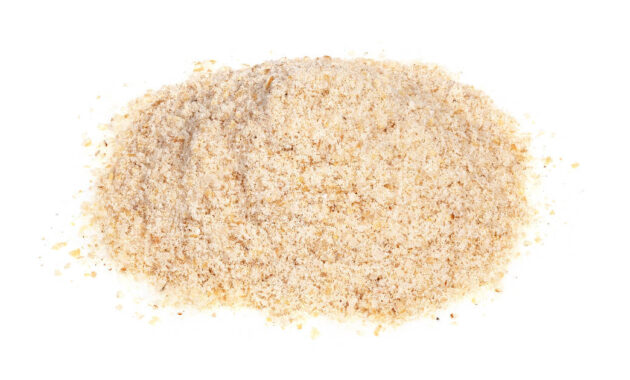
Think of it as unlocking a secret weapon for your kitchen. The potent flavor of homemade asafoetida powder (hing) will transform everyday dishes into culinary masterpieces. This recipe is designed for everyone, from seasoned cooks to kitchen novices. We will cover everything step by step, making sure it is simple and easy to follow. Get ready to experience the true essence of asafoetida and elevate your cooking to new heights!
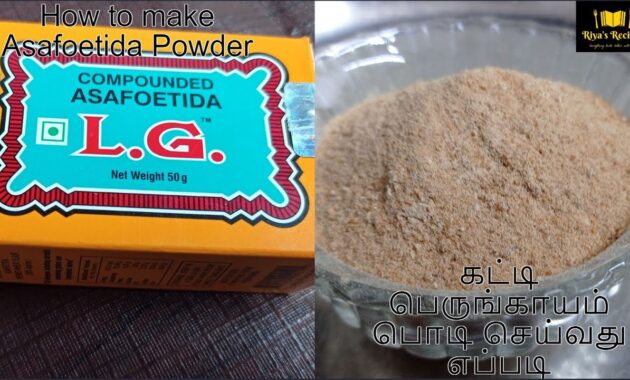
Before we dive into the recipe, let’s talk about why making your own asafoetida powder is worth the effort. Store-bought asafoetida is often mixed with fillers like rice flour or wheat flour. While this helps to dilute the strong flavor and prevent clumping, it also diminishes the overall quality and potency of the spice. Making your own ensures that you are getting pure, unadulterated asafoetida, allowing you to use less and achieve a more intense flavor. If you are gluten-free, making your own also gives you the security of no gluten products added. This is essential for people with Celiac Disease.
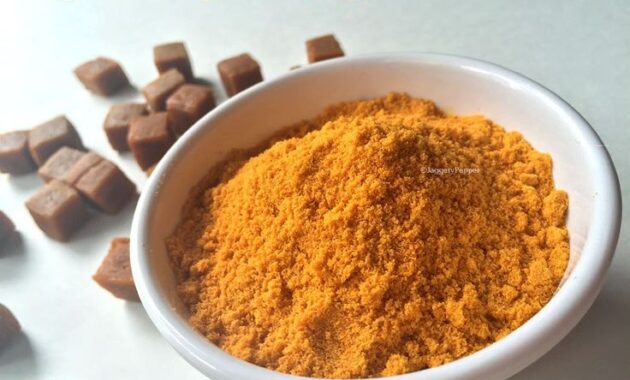
Another benefit is the freshness. Like any spice, asafoetida loses its flavor over time. By making your own, you can grind it fresh, ensuring that you are getting the most flavor possible. If you’ve ever wondered why your Indian dishes don’t quite taste the same as those from your favorite restaurant, the quality of your asafoetida may be the missing link. Once you master the art of making your own asafoetida powder (hing), you’ll never go back to the store-bought version!
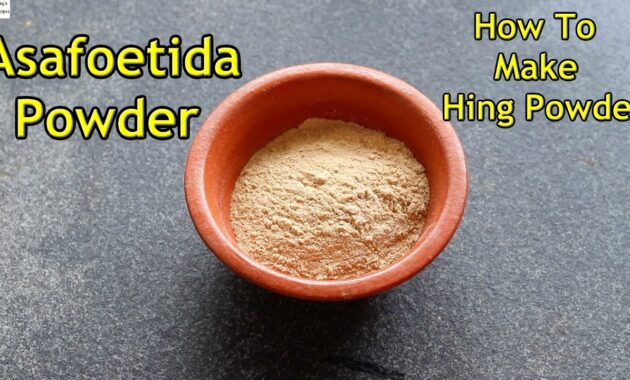
Image Placeholder: Insert a high-quality image here showing the raw asafoetida resin, the grinding process, and the finished powder.
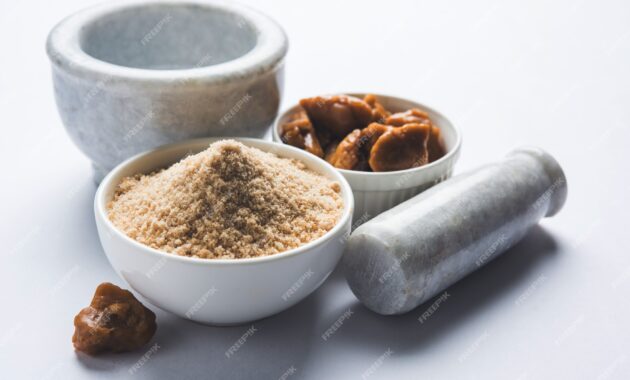
Now, let’s get into the specifics. Here’s a quick overview of the recipe:
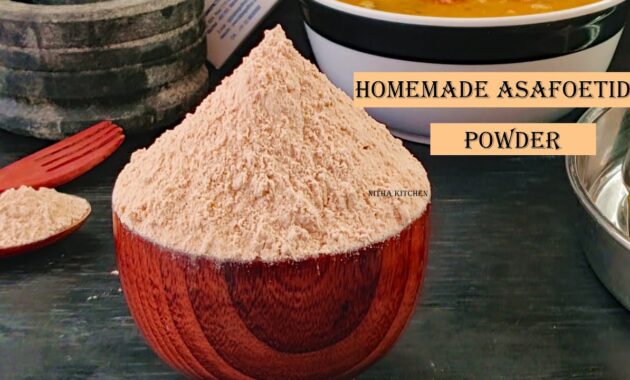
| Category | Value |
|---|---|
| Preparation Time | 5 minutes |
| Processing Time | 10-15 minutes |
| Servings | Varies based on usage |
| Difficulty | Easy |
Nutrition per serving (estimated)
Asafoetida is typically used in very small quantities, so the nutritional impact per serving is minimal. However, it does contain trace amounts of vitamins and minerals.
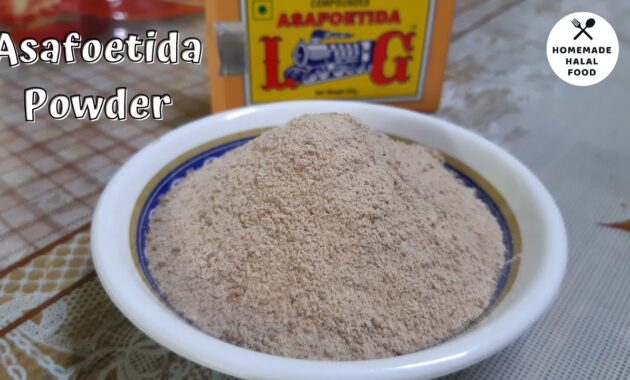
- Calories: Approximately 1-2 calories per serving (¼ teaspoon)
- Fiber: Trace amounts
- Minerals: Contains small amounts of calcium, iron, and phosphorus.
Remember that asafoetida is primarily used as a flavoring agent, not as a significant source of nutrients.
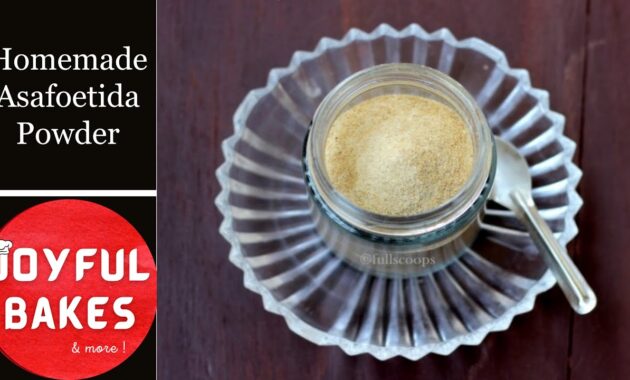
Ingredients for Homemade Asafoetida Powder (Hing)
| Ingredient | Quantity | Notes |
|---|---|---|
| Raw Asafoetida Resin (Hing) | 1-2 ounces (28-56 grams) | Available at Indian grocery stores or online. Look for a solid, rock-like form. |
| Rice Flour (or Tapioca Starch for gluten-free) | 1/4 cup to 1/2 cup | Used to dilute the asafoetida and prevent clumping. Adjust the quantity depending on the strength of the resin and your preference. |
Cooking Instructions
- Prepare the Asafoetida Resin: If the asafoetida resin is in large chunks, break it into smaller, manageable pieces. This will make it easier to grind. Asafoetida resin is naturally very hard, so you may have to use a heavy object to break it down. Be careful not to hurt yourself.
- Grind the Asafoetida Resin: The best way to grind asafoetida is using a spice grinder. A coffee grinder dedicated to spices will also work. If you don’t have either, you can use a mortar and pestle, but it will require more effort. Grind the resin until it’s a fine powder. This may take a few minutes, depending on the strength of your grinder. Because of the strong smell, I would suggest keeping it separate from any coffee grinding.
- Combine with Rice Flour (or Tapioca Starch): In a bowl, mix the ground asafoetida with the rice flour (or tapioca starch). Start with 1/4 cup of rice flour and gradually add more until the mixture is evenly distributed and the asafoetida is diluted to your desired strength.
- Sift the Mixture (Optional): For a finer, more uniform powder, sift the mixture through a fine-mesh sieve. This will also help to remove any lumps or clumps.
- Store Properly: Store the asafoetida powder in an airtight container in a cool, dark, and dry place. A glass jar or metal tin works well. Properly stored, homemade asafoetida powder will last for several months. Ensure the container is tightly sealed to preserve its flavor and aroma.
Serving Suggestions
Asafoetida is a versatile spice that can be used in a wide variety of dishes. Here are a few serving suggestions to get you started:

- Dal (Lentil Soup): Add a pinch of asafoetida to your dal while it’s simmering for a deeper, more complex flavor. It’s particularly good in Toor Dal and Moong Dal.
- Vegetable Dishes: Use asafoetida in vegetable dishes like Aloo Gobi (Potato and Cauliflower) or Baingan Bharta (Eggplant Mash) to enhance the savory flavors.
- Sambar: Asafoetida is a key ingredient in South Indian sambar, a flavorful lentil-based vegetable stew.
- Rasam: Add a pinch of asafoetida to rasam, a tangy South Indian soup, for added depth.
- Pickles and Chutneys: Asafoetida can be used to add a unique flavor to pickles and chutneys.
- As a Garlic Substitute: In dishes where garlic is avoided (such as during certain religious observances), asafoetida can be used as a substitute to provide a similar savory flavor.
Remember that asafoetida has a very strong flavor, so start with a small amount and add more to taste. A little goes a long way!

Tips and Notes for the Perfect Asafoetida Powder (Hing)
- Sourcing the Resin: When buying asafoetida resin, look for a high-quality product from a reputable source. The resin should be solid, with a strong, pungent aroma. Avoid resins that are soft or crumbly, as they may be of lower quality.
- Dilution is Key: Asafoetida has an incredibly potent flavor, so dilution with rice flour (or tapioca starch) is essential. The amount of rice flour you use will depend on the strength of the resin and your personal preference. Start with a smaller amount and add more until you achieve the desired strength.
- Roasting (Optional): Some people prefer to lightly roast the asafoetida resin before grinding it. This can help to mellow out the flavor and make it less pungent. To roast the resin, simply heat a small piece in a dry pan over low heat for a few seconds, until it becomes fragrant. Be careful not to burn it.
- Smell Management: Asafoetida has a very strong and distinctive smell, which can linger in your kitchen. To minimize the odor, grind the resin in a well-ventilated area and store the powder in an airtight container.
- Spice Grinder Cleanup: After grinding asafoetida, your spice grinder may retain the odor. To clean it, grind a small amount of rice or bread to absorb the smell. You can also wipe the grinder with a damp cloth and a mild detergent.
- Gluten-Free Option: If you are gluten-free, be sure to use tapioca starch instead of rice flour to dilute the asafoetida.
- Adjust to Taste: The amount of asafoetida you use in your cooking will depend on your personal preference. Start with a small amount (about 1/8 teaspoon) and add more to taste. Remember that a little goes a long way!
- Experiment: Don’t be afraid to experiment with asafoetida in different dishes. It can add a unique and complex flavor to a wide variety of foods.
Making your own asafoetida powder (hing) is a simple and rewarding process that allows you to control the quality and freshness of this essential spice. By following these steps and tips, you can create a flavorful and potent seasoning that will elevate your cooking to new heights. So, go ahead and unlock the flavor bomb – your taste buds will thank you!
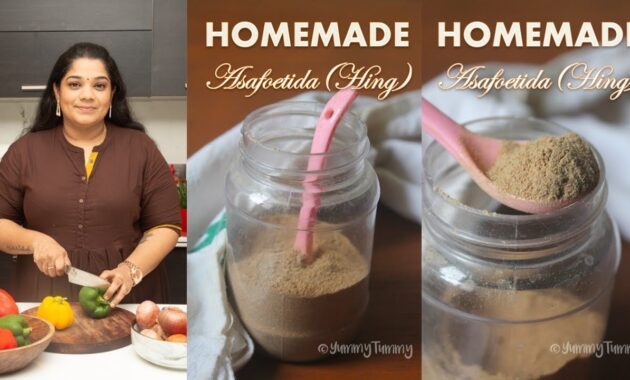
Ultimately, understanding the nuances of asafoetida and using it correctly can truly transform your cooking. Remember to start small, adjust to taste, and experiment with different dishes. With a little practice, you’ll be using asafoetida like a pro, adding depth and complexity to all your favorite recipes. Happy cooking!
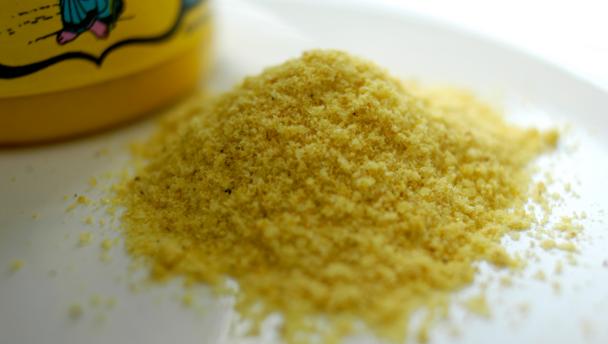
Now that you know how to make your own asafoetida powder (hing), the possibilities are endless. It is a great addition to many types of dishes, as described above. Start exploring your cuisine with this new, exciting ingredient!
